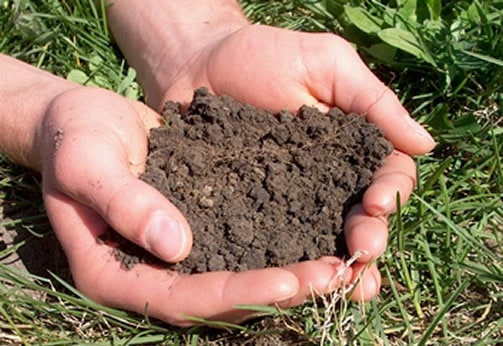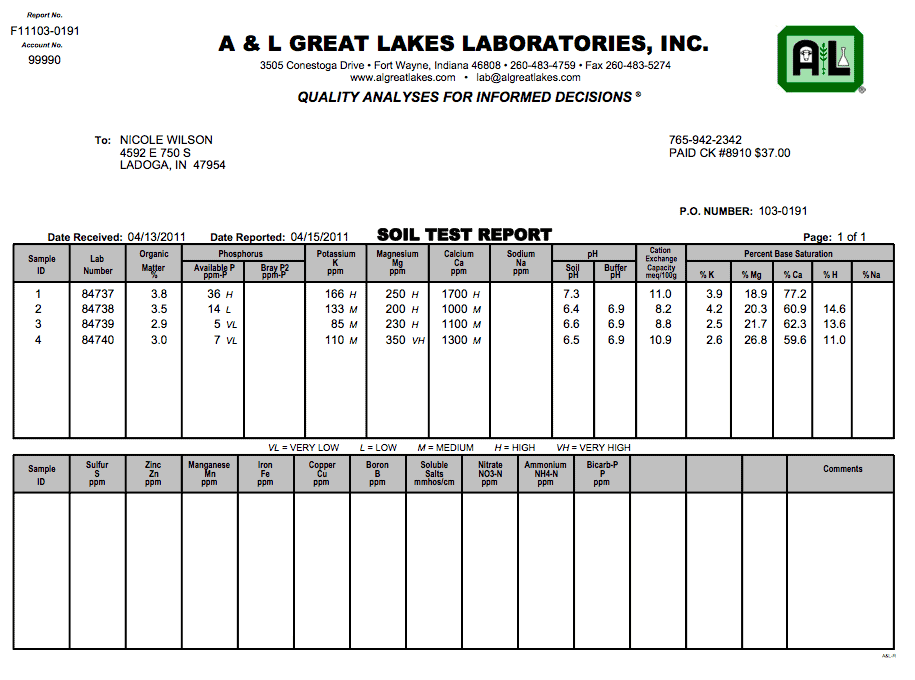Testing the Soil

written by Nicole Wilson
One of the many things that we’ve been doing to get the ranch property ready for rescue horses is testing the soil. The purpose of soil testing is to figure out what nutrients are lacking in the soil, so that we can fertilize the pastures with those nutrients in order to help the grass grow taller and healthier for the horses. We’ve never really managed our own pastures the way we should, which means the horses have basically had free reign, haha get it, free reign? No, okay I’ll just laugh over here by myself lol. Anyways, the horses have had free reign over all the pastures in all types of weather, meaning when it’s wet and muddy, the horses have torn up all the grass with their hooves. And when the grass has been eaten below 6″, the horses were allowed to keep on eating until there was barely any grass left. This has encouraged low grass growth, but high weed growth.

But we’ve learned a lot from this mistake and one of our very important goals is to manage the ranch pastures appropriately (as well as our own, now). This should encourage high grass growth and low weed growth. To help us give the grass a little kick start, we would like to add the appropriate fertilizer to it, thus the soil testing.
In order to do this, one must start with a soil probe, which looks like this:

I was able to borrow this soil probe from the Purdue Extension Office in Crawfordsville. The people there are so friendly and helpful! So now that I had a soil probe, I needed to figure out what to do with it, so I did a little research and was able to find a lot of information online regarding soil testing. The next step was to go take actual soil samples with the soil probe. I had four pastures that needed sampling and I needed to take samples from about 15 different areas in each pasture. So I found four plastic buckets (one of which was the popcorn bucket, sorry mom!), and headed outside to take my first ever soil samples. Really exciting, right?! Lol.
To take a soil sample, you push the soil probe about 6 in. into the ground, then pull straight up and knock the soil that came up with the probe into your bucket. Repeat 14 more times, but you have to make sure to get samples from all different areas of the pasture, since the nutrient levels can vary quite a bit from one area to another. Once my bucket had 15 soil samples in it, I moved onto the second pasture with another bucket, and repeated the process until I had all four pastures completed. Then I took all of the buckets back to the house and stirred each one until the soil clumps were broken down and everything was mixed fairly evenly.
The next thing to do was label four ziplock baggies, one for each pasture and put about 1-2 cups worth of soil in each bag. Then I printed out a soil sample form from A&L Great Lakes Laboratories in Fort Wayne, IN.

As you can see, this form is confusing! So I called the nice people at A&L labs a few times and they were able to set me straight. I got the form all filled out amazingly enough, packaged up the soil samples and a check with the form and went down to our little post office and shipped it off.
Then about a week later, I received an email with this new two page form, which is nice and confusing too.


Thankfully, the good people at Crop Production Services in Roachdale, IN are going to help me interpret this form and decide what kind of fertilizer and how much we need per pasture. I can see from my simple interpretation of the form that all four of our pastures need more nitrogen and potash, and three of the four pastures need more phosphate. I did a little research, and it looks like the nitrogen is good for the leaves of the grass, the potash is good for the roots of the grass, and the phosphate . . . well, I’m really not sure what the phosphate is good for, but it’s got to help somehow, haha! This is why I’m asking for help from those who know!
So now all we’re waiting on is for me to call Crop Production Services, attempt to explain to them the results from the soil test (hopefully they’ll take pity on me and allow me to email the form to them), order the fertilizers we need, and then apply them!
I can’t wait to see the results. Maybe we’ll do some kind of before and after pictures of the pastures. So wish me luck with this whole process and I’ll let you know how it goes! 🙂
One Comment
Good job Nicole! I am really impressed with all your hard work. I wish I could come help out sometimes but it’s kind of a long commute. 🙂